By Catherine Capon
The news that SeaWorld is ending their orca breeding program implies that hopefully whales in captivity will soon be a thing of the past. However, humans have been fascinated with whales for eons and this is driving more people to now view these intelligent marine mammals in their natural environment. I've been lucky enough to have studied whales in the wild in many locations across the planet. If you're looking for an encounter with an ocean giant, these are my top destinations to visit.
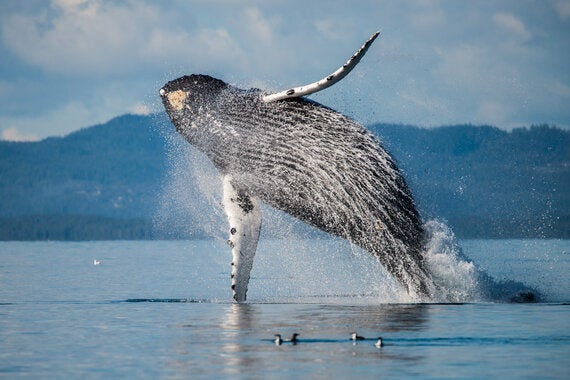
Baja California Sur, Mexico
Photos by Joe Platko
If you look at Mexico on a map, you'll see a long, thin peninsula on the west coast. This is Baja California and it's a feeding and breeding spot for great whales. The vast, cactus scattered landscape contrasts dramatically with the rich cetacean filled seas and the encounters you have will be intimate to the point of intimidating!
Cabo, on the southern tip of Baja, is known as a spring break destination for American students. However, if you take a boat out into the Pacific Ocean or the Sea of Cortez, it's one of the best places to see humpbacks from January to March. I saw them breaching, tail slapping and spyhopping (when the whale rises partially out of the water in a vertical position). Whale Watch Cabo put a hydrophone into the water so you can hear the male humpbacks singing -- it changes every year and it's absolutely mesmerizing.
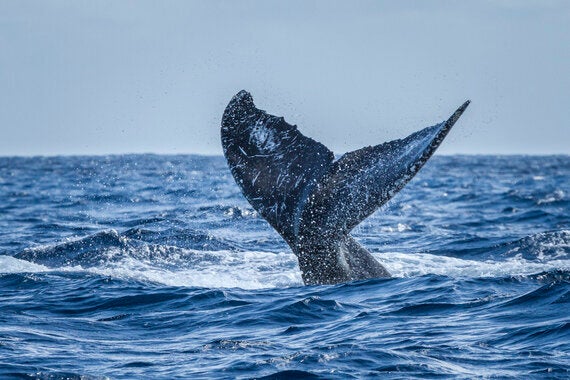
The picturesque town of Loreto is about a six-hour drive from Cabo. If you go in late February or early March, it's one of the best places on the planet to see blue whales -- aka the biggest animal on the planet. You can only get close to them on a boat because they are protected, but it's an incredibly humbling experience. Loreto Blue Whales run tours, but also raise awareness and money to protect the great whales.
San Ignacio Lagoon is a five-hour drive north of Loreto (12km on unmade roads so a 4×4 is preferable). You'll end up in the middle of nowhere at Kuyima Ecotourism where the accommodation consists of tents or cabins and bucket showers; however, this is my favourite spot in Baja California Sur. The stars are awe-inspiring, the food is heavenly and the staff are angels. But all of that pales in comparison to what you'll experience out in the lagoon. Grey whales come here to mate and give birth and the mothers stay to teach their calves how to swim in the different depths and salinity of water. These whales are notoriously friendly and will approach the boats for a rubdown! I don't normally encourage petting wild animals but these cetaceans seem to actively seek the affection. For me, looking into the eyes of a grey whale, and feeling the mutual curiosity, is the most humbling wildlife experience of them all.
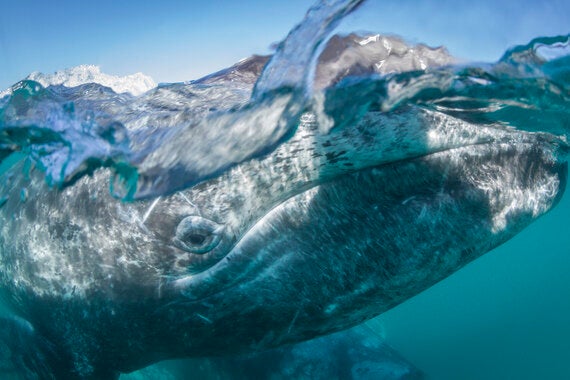
Nimmo Bay, British Columbia
Photos by William Drumm
If you're looking for a luxurious, wilderness adventure with phenomenal marine mammal encounters then Nimmo Bay Wilderness Resort is hard to beat. I visited BC in early September and saw orca, humpback whales, pacific white-sided dolphins and Dall's porpoises. It's also a great spot to see bears and wolves on the coast.
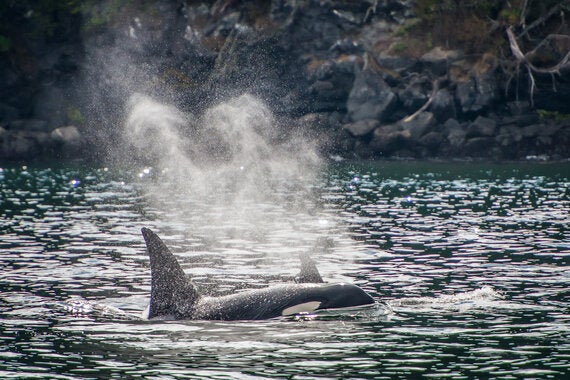
Port. St. Johns, South Africa
Photos by Jean Tresfon
Each year between May and July the Sardine Run takes place along the coast of South Africa's Eastern Cape. Billions of sardines spawn in the cool waters of the Agulhas Bank and move northwards towards Mozambique. The sheer numbers of bait fish creates a dramatic feeding frenzy with predators arriving en mass. When threatened, the sardines group together into bait balls (tightly packed spherical formations) as lone individuals are more likely to be eaten than large groups. If you can get into the water quickly enough to witness a bait ball (they don't usually last longer than 10 minutes) you'll see the most spectacular scene the oceans have to offer.
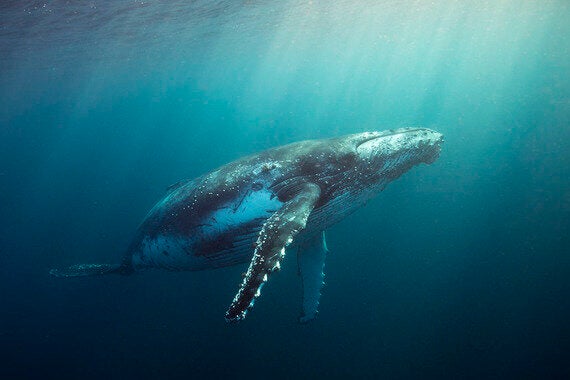
Common dolphins herd the fish into the swirling orbs by using a variety of techniques including 'bubble-nets'. Bottlenose dolphins will sometimes work with common dolphins to corral the sardines. Many species of shark will take advantage of this buffet and you can see copper sharks, dusky sharks, blacktip sharks, bull sharks and tiger sharks. However, perhaps the most dramatic feeders are the whales that lunge through the bait balls with wide-open mouths. You can see Bryde's whales, humpbacks and minke whales along this coastline. In fact about 17,000 humpbacks migrate from Antarctica to Mozambique (where they will give birth) during the Sardine Run so it's affectionately called 'The Humpback Highway'; you'd be very unlucky not to see at least one.
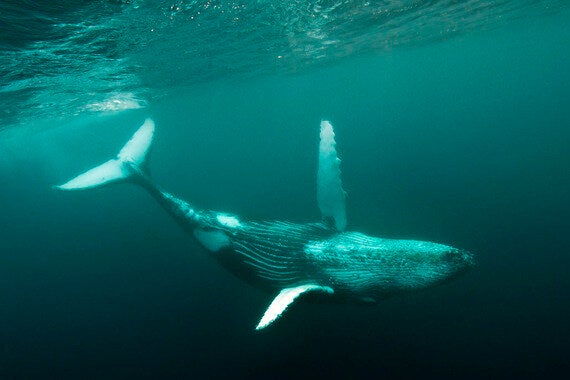
There are various locations along the Eastern Cape where you can experience the Sardine Run. I travelled to Port St. Johns in July (their winter) with Animal Ocean
Read more about Catherine's ecoadventures at http://catherinecapon.com/
Follow Catherine on Twitter and Instagram: @CatherineCapon
